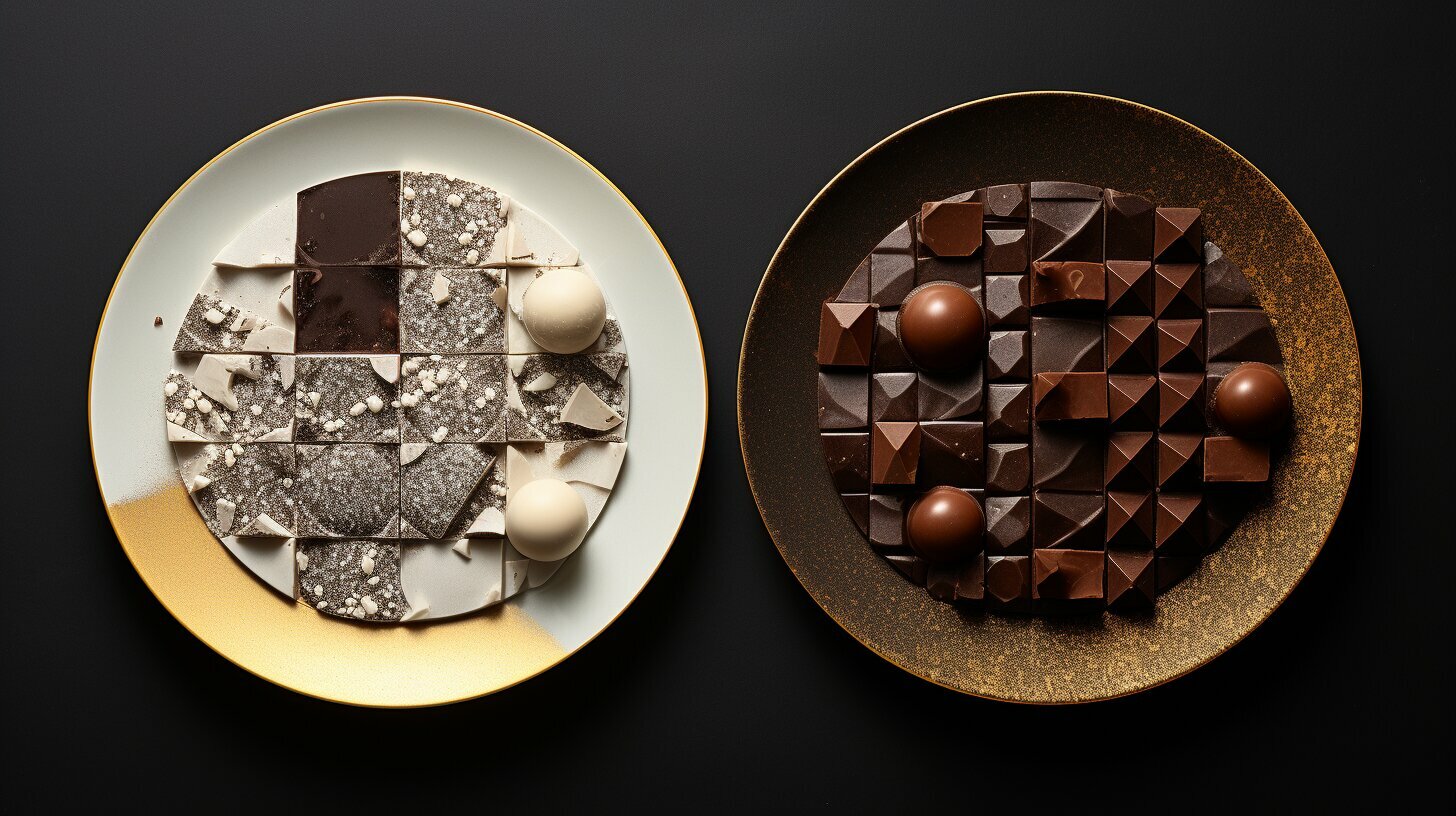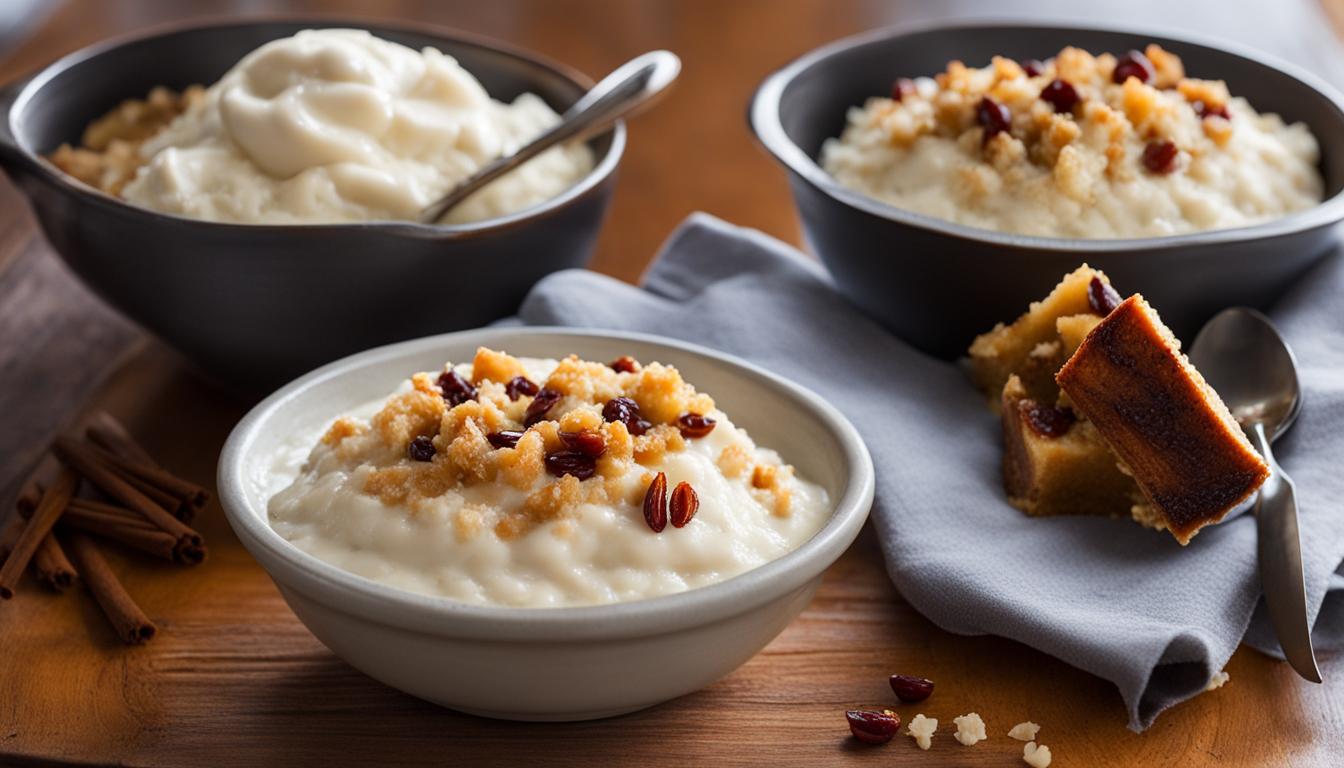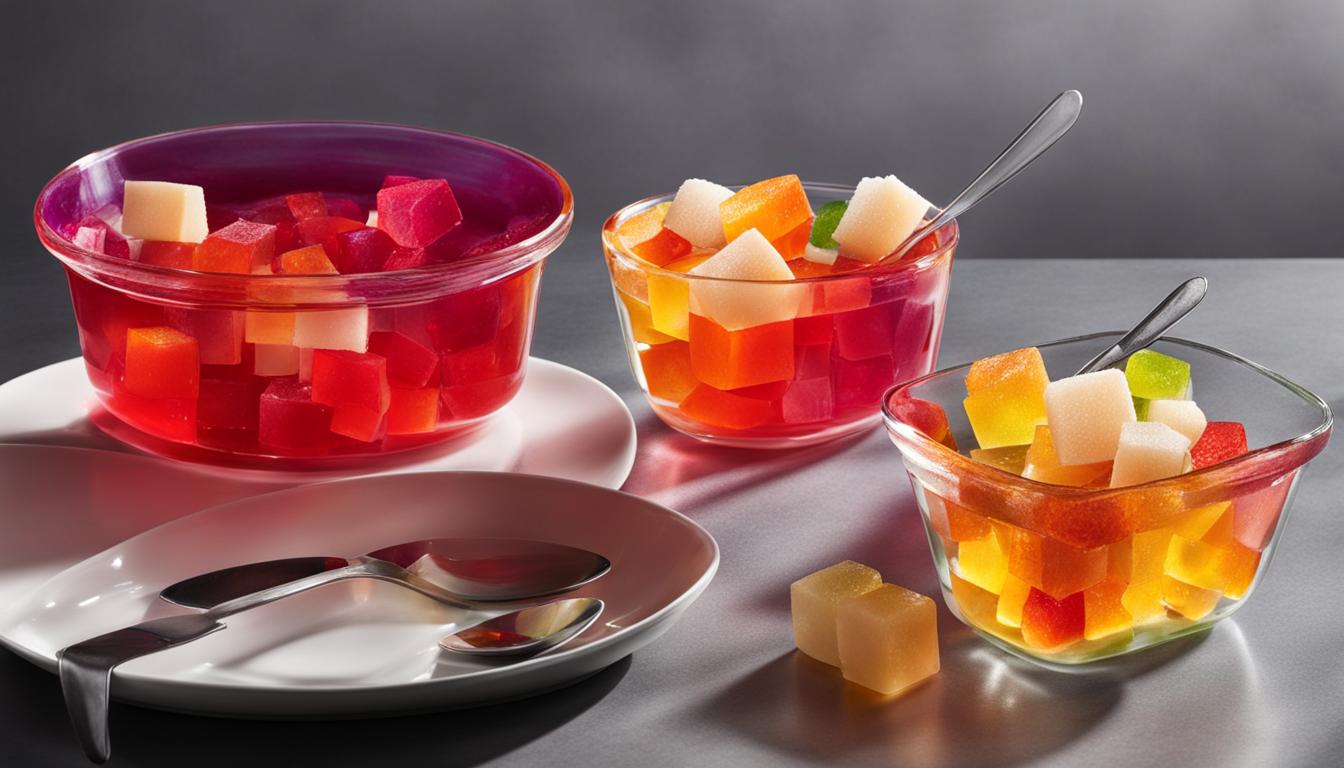If you’re a chocolate lover, you’ve probably heard of truffles and bonbons. While both are exquisite chocolate treats, they differ in many ways, from their flavors to their textures. Understanding these differences can help you appreciate the unique pleasures that each has to offer. So, what makes truffles and bonbons unique? Let’s explore.
Key Takeaways:
- Truffles and bonbons are both chocolate treats but differ in taste, texture, and origin.
- Truffles tend to be more indulgent and have a softer, ganache-like texture, while bonbons have a thinner, crisp shell and come in a variety of fillings.
- Both truffles and bonbons have a rich cultural history and geographic origins.
What are Truffles?
Truffles are a type of chocolate confectionery made by blending chocolate ganache with cream and infusing it with a variety of flavors, such as coffee, nuts, or fruit. They are then rolled into balls and coated with cocoa powder or crushed nuts. First made in the 1800s in France, truffles have since become a staple of luxury chocolate shops around the world.
Their delicate and creamy texture makes truffles a favorite among chocolate lovers. Truffles are often enjoyed as a dessert or given as a gift on special occasions.
Truffles and Bonbons Compared
Truffles and bonbons are both popular chocolate treats, but there are some key differences between the two. While truffles are made primarily from ganache and have a soft, creamy texture, bonbons are typically made with a thin chocolate shell and a filling that can range from fruit puree to caramel to nuts.
Another significant difference is the way the two are coated. Truffles are traditionally covered in cocoa powder, whereas bonbons can be covered in a range of toppings, such as coconut flakes or crushed nuts.
Overall, truffles are known for their rich, indulgent taste and luxurious texture, while bonbons are celebrated for their intricate and delicate designs and a range of flavors and textures.
Key Differences Between Truffles and Bonbons
| Truffles | Bonbons |
|---|---|
| Primarily made from ganache | Thin chocolate shell with a filling |
| Coated in cocoa powder or other powdered toppings | Coated in a range of toppings, such as coconut flakes or crushed nuts |
| Known for their rich, indulgent taste and luxurious texture | Celebrated for their intricate and delicate designs and a range of flavors and textures |
If you’re a chocolate lover, you’re sure to have your own preference when it comes to truffles and bonbons. Whether you enjoy the indulgent taste and texture of truffles or the intricate flavors and designs of bonbons, both are delicious ways to satisfy your sweet tooth.
What are Bonbons?
Bonbons are small, bite-sized confections that are typically made with chocolate and filled with a variety of delicious flavors. Unlike truffles, which have a soft, ganache-like texture, bonbons have a thin, crisp chocolate shell that encases a delectable filling.
The filling inside bonbons can range from creamy and smooth to crunchy and chewy. Some common fillings include nuts, fruits, and caramel. The unique combination of textures and flavors in each bonbon makes them a favorite among chocolate lovers worldwide.
The creation of bonbons involves a highly intricate and precise process. Chocolatiers use special tools to create unique designs and shapes for each bonbon. The result is a visually stunning treat that is just as delightful to look at as it is to eat.
With a wide range of flavors and textures available, bonbons are a versatile and indulgent treat that can be enjoyed on their own or paired with a variety of beverages. Whether you prefer sweet or savory flavors, there’s a bonbon out there for everyone.
Truffles and Bonbons Compared
While truffles and bonbons may seem similar at first glance, there are several key differences between the two.
Truffles are made using a rich chocolate ganache that is rolled into small balls and coated with cocoa powder. They have a soft, velvety texture and a deeply indulgent flavor. Bonbons, on the other hand, have a thin, crisp chocolate shell and a variety of fillings. They are often more colorful and visually appealing than truffles.
Despite their differences, both truffles and bonbons are decadent treats that are beloved by chocolate enthusiasts worldwide.
Taste and Texture Differences
When it comes to the world of chocolate, truffles and bonbons are two of the most popular confections. While both are delicious in their own right, truffles and bonbons differ quite significantly in terms of taste and texture.
Truffle chocolate typically has a soft, smooth, ganache-like texture made from a mixture of chocolate and cream. The interior of a truffle is often infused with flavorings such as fruit, nuts, liqueur, or spices, and can be coated in cocoa powder, chopped nuts, or chocolate shavings.
Bonbon chocolate, on the other hand, typically has a thin, crisp outer shell made of chocolate and a variety of fillings – such as fruit purees, caramel, ganache, or cream – that provide a burst of flavor and texture when bitten into.
The differences in texture and flavor can result in a distinctly different chocolate experience for the consumer. Truffles are often described as rich, smooth, and indulgent, while bonbons are known for their crisp shell and burst of flavor.
Whether you prefer the soft, indulgent taste of truffles or the crispy, burst of flavor in bonbons, there’s no denying that both offer a unique and pleasurable chocolate experience.
Origins and Influences
Truffles and bonbons are two of the most beloved chocolate confections in the world. While their exact origins are not entirely clear, historians believe that both treats were originally created in different parts of Europe during the 19th century.
Truffles are said to have originated in France, where they were initially made with a mixture of chocolate and cream. Over time, the recipe evolved to include a variety of other ingredients, such as nuts, fruit, and liqueurs.
Bonbons, on the other hand, are thought to have originated in Belgium, where they were initially made by hand and sold in small, specialty chocolate shops. The word “bonbon” itself is derived from the French word for candy, and refers to any kind of small, sweet confectionery.
Today, both truffles and bonbons have become popular treats around the world, and are enjoyed in a variety of different flavors and styles. From classic chocolate and cream truffles, to richly flavored bonbons with unique fillings like caramel, nut butter, or fruit preserves, there’s something for everyone to enjoy.
Conclusion
So, there you have it – the key differences between truffles and bonbons. While both are delicious chocolate treats, they each have their own unique characteristics that set them apart.
Truffles have a rich, indulgent taste and luxurious texture, with a soft ganache-like center. Bonbons, on the other hand, have a thinner, crisp shell and a variety of fillings, often with intricate designs.
While truffles have a long history and are associated with luxury and indulgence, bonbons have a more recent origin and are often made with playful and experimental flavors.
Ultimately, whether you prefer the soft, indulgent texture of truffles or the delicate, crisp shell of bonbons, both offer a delightful treat that is sure to satisfy any sweet tooth.
Next time you’re in the mood for a chocolate indulgence, try both and appreciate the unique pleasures that both truffles and bonbons can bring.
Thank you for reading!
FAQ
Q: What is the difference between truffles and bonbons?
A: Truffles and bonbons are both delicious chocolate treats, but they have some key differences. Truffles are typically made from a smooth ganache filling and coated in cocoa powder, while bonbons have a thin chocolate shell with various fillings such as fruits, nuts, or creams.
Q: Where do truffles come from?
A: Truffles originated in France and Italy, where they are often found in the wild. They are a type of fungi that grows underground, typically near the roots of certain trees, and are highly prized for their unique flavor and aroma.
Q: How are bonbons made?
A: Bonbons are created through a process called enrobing, where a chocolate shell is formed around a filling. The fillings can vary widely, ranging from flavored creams to fruit purees, and they are often carefully handcrafted to create beautiful designs and textures.
Q: What are the taste and texture differences between truffles and bonbons?
A: Truffles usually have a soft and creamy texture, with a rich and indulgent flavor. On the other hand, bonbons have a thin, crisp chocolate shell that provides a satisfying snap when bitten into, and their fillings can offer a wide range of flavors and textures.
Q: How have cultural traditions influenced truffles and bonbons?
A: Truffles have a long history in European cuisine, particularly in France and Italy, where they are considered a delicacy. Bonbons, on the other hand, have been influenced by various chocolate-making traditions from around the world, with different countries offering their own unique twist on these delectable treats.
 Skip to main content
Skip to main content


